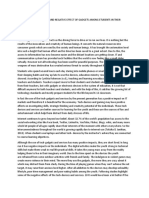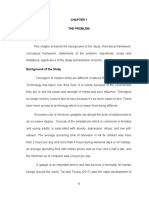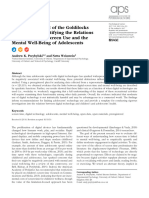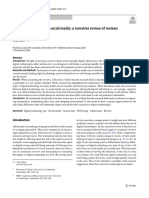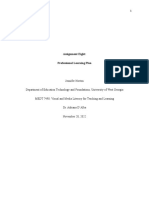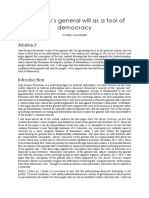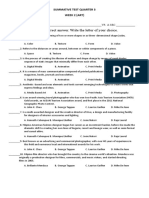0% found this document useful (0 votes)
12 views11 pagesResearch Group 3
This study investigates the impact of screen time on the emotional well-being of Technology and Livelihood Education (TLE) students at Pangasinan State University. It aims to understand how different durations of screen use affect students' emotional states and to provide insights for improving their mental health and academic performance. The research will focus on the demographic profiles of respondents and the relationship between screen time and emotional disposition.
Uploaded by
gontres8Copyright
© © All Rights Reserved
We take content rights seriously. If you suspect this is your content, claim it here.
Available Formats
Download as DOCX, PDF, TXT or read online on Scribd
0% found this document useful (0 votes)
12 views11 pagesResearch Group 3
This study investigates the impact of screen time on the emotional well-being of Technology and Livelihood Education (TLE) students at Pangasinan State University. It aims to understand how different durations of screen use affect students' emotional states and to provide insights for improving their mental health and academic performance. The research will focus on the demographic profiles of respondents and the relationship between screen time and emotional disposition.
Uploaded by
gontres8Copyright
© © All Rights Reserved
We take content rights seriously. If you suspect this is your content, claim it here.
Available Formats
Download as DOCX, PDF, TXT or read online on Scribd
/ 11





































